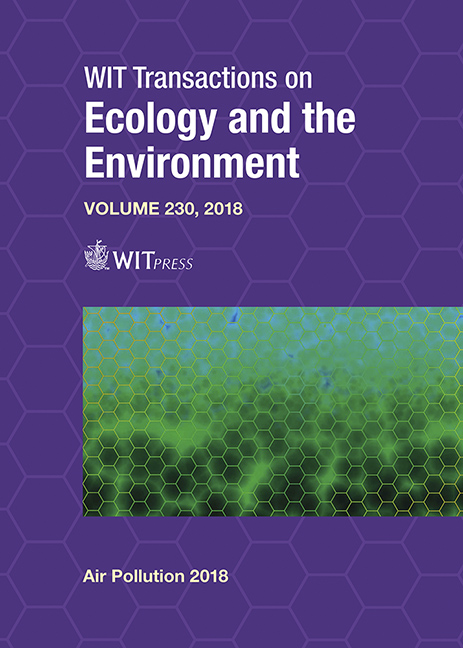NAPLES INTERNATIONAL AIRPORT AND AIRPORT CARBON ACCREDITATION (ACA)
Price
Free (open access)
Transaction
Volume
230
Pages
10
Page Range
465 - 474
Published
2018
Paper DOI
10.2495/AIR180431
Copyright
WIT Press
Author(s)
GIULIA ATTANASIO
Abstract
Climate change is one of today’s most relevant themes and an absolute priority in all human activities. The first step in contrasting climate change was advanced in 1994 with the United Nations Framework Convention on Climate Change (UNFCCC). The IPCC (Intergovernmental Panel on Climate Change) has calculated that aviation’s total CO2 emissions account for 2% of global emissions, and aviation is responsible for 12% of CO2 emissions from all transport sources. The Aviation industry is strongly committed to the effort to reduce CO2 emissions. In 2008, leaders from all sectors of the aviation industry signed the world’s first global transport sector climate agreement. Three main ambitious goals of carbon emission reduction in next few years were identified, and a wide variety of activities have been planned to cap carbon emissions from aviation at 2020 levels. In October 2016, the International Civil Aviation Organization (ICAO) adopted the Carbon Offsetting and Reduction Scheme for International Aviation (CORSIA) whereby airlines and other operators will offset any growth in CO2 emissions above 2020 levels. As regards to airport emissions, the Airport Council International adopted the Airport Carbon Accreditation (ACA), that is an independent, voluntary, common framework which airports may adopt for measuring, reporting and reducing carbon emissions, with the ultimate goal of becoming carbon neutral. Naples International Airport joined the ACA in 2012 and is currently certified at Level 3/Optimization. The airport has mapped all of its carbon emission sources and has estimated the emissions on a yearly base. Thanks to the adoption of a Quality, Safety and Environmental Policy, the implementation of a specific Carbon Management Plan and a Stakeholders Engagement Plan, the Airport was able to attain a decreasing trend of carbon emissions and step closer to the ultimate target of becoming carbon-neutral.
Keywords
climate change, CO2, carbon emissions, aviation, reduction, certification, sustainable growth, offsetting, stakeholder, neutrality





